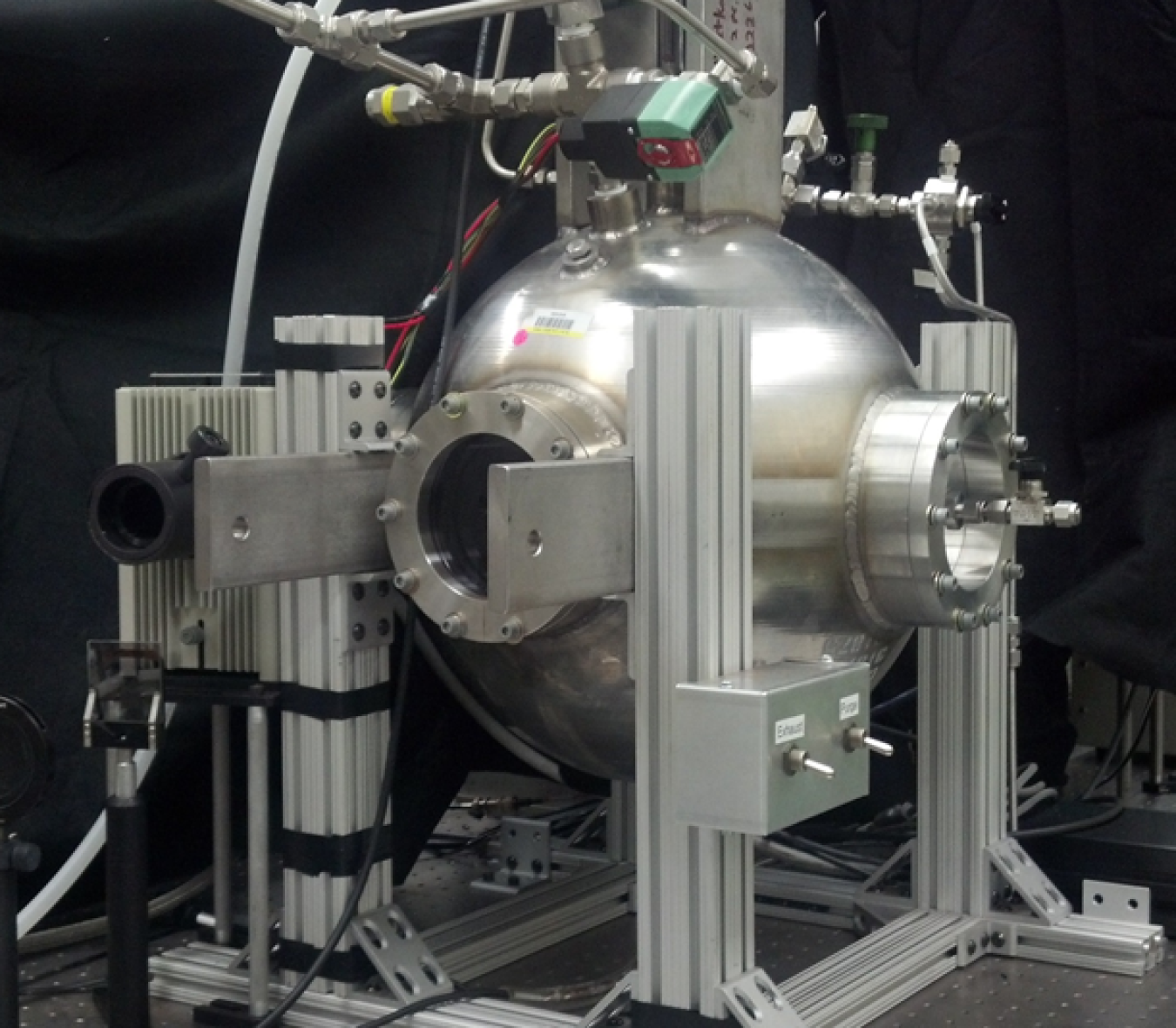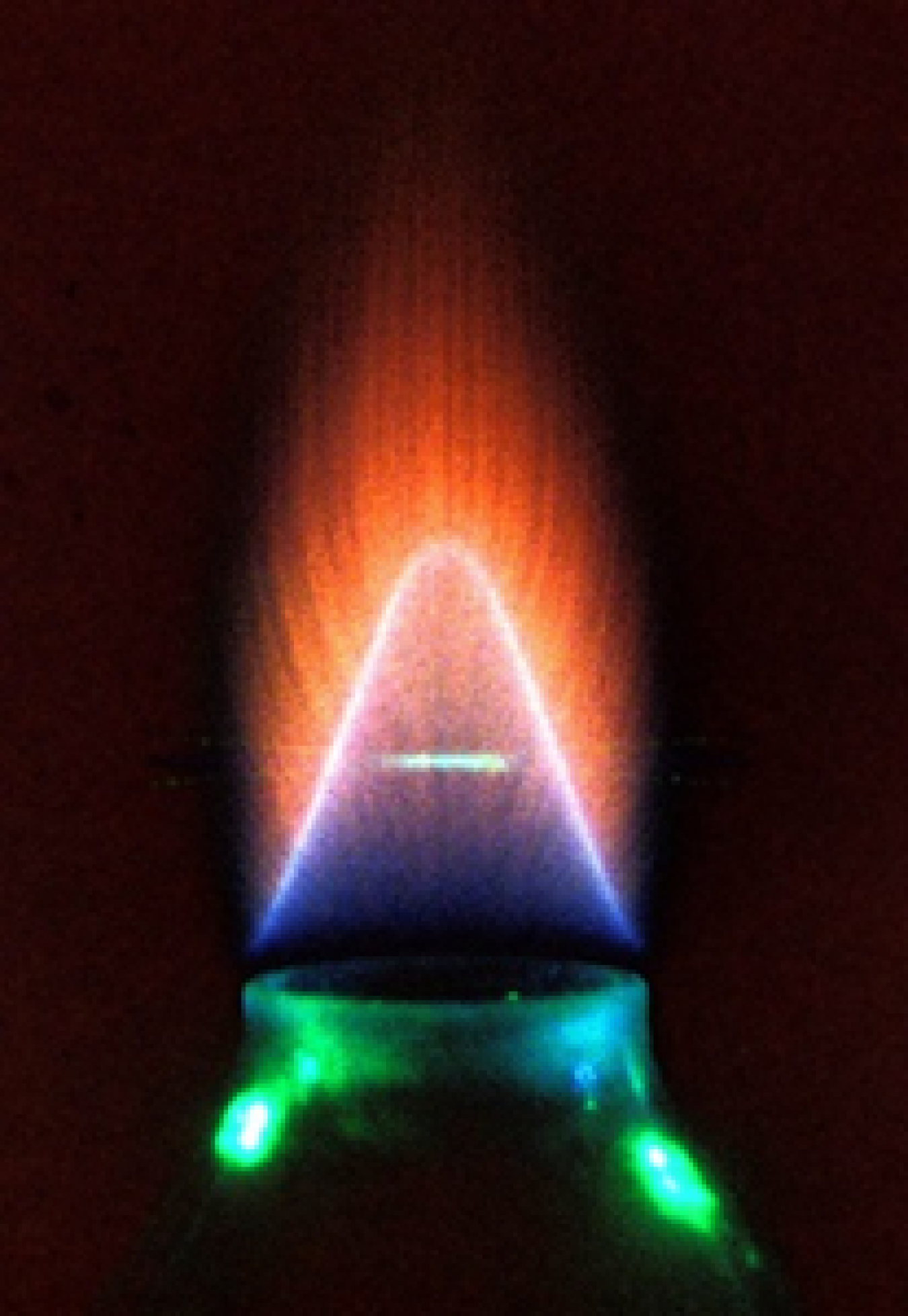Lead Performer: National Institute of Standards and Technology – Gaithersburg, MD
July 6, 2016
Lead Performer: National Institute of Standards and Technology – Gaithersburg, MD
DOE Total Funding: $2,000.000
FY16 DOE Funding: $700,000
Project Term: October 1, 2016 – September 30, 2019
Project Objective
In order to meet desirable global warming potential (GWP) goals, new refrigerant working fluids will be mildly flammable. Hence, their flammability behavior will be an additional parameter (besides thermodynamic and physical behavior) that must be considered in the optimization of the working fluid for a given application. Experimental methods exist and are widely used for ranking the flammability. Given the number of components (up to five) of the blends, however, completely characterizing the entire range of possibilities of the blends would involve many tests—especially considering that flammability tests need to be done over a range of stoichiometry (i.e., fuel-air ratios) and humidity levels. It would be highly desirable to develop methods to estimate the flammability behavior of arbitrary mixtures of these compounds, at varying ambient conditions (humidity and temperature), so that flammability can then be optimized together with the optimization of the other necessary properties of the mixtures. It is also believed that a fundamental understanding of the behavior of each component, and their interaction, will provide a basis for more sophisticated approaches to reducing flammability.
The goal of the project outlined here is to develop the capability to predict the burning velocity of arbitrary mixtures of R32, R125, R134a, R152a, 1234yf, and 1234ze(E), so that flammability of a blend can be minimized, while simultaneously maximizing performance related to other parameters. Once developed, the models can then be used to understand the effect of individual components of blends on the flammability behavior so that guiding principles can be developed that will be useful for consideration of other approaches to reducing flammability.

Project Impact
The hydrofluorocarbon refrigerant working fluids have been predicted to be major contributors to the expected increase in global warming caused by human activities. While use of the low-GWP refrigerants would have great environmental benefits, they tend to be mildly flammable, with unknown safety risks, and their adoption has been hindered because there do not exist codes and standards for their safe use. Predictive tools for the burning velocity of new, low-GWP refrigerant blends will facilitate ranking and optimization of alternative mixtures, lead to better understanding of the flammability risk, and allow their more rapid development of effective codes and standards by industry.
Contacts
DOE Technology Manager: Tony Bouza
Lead Performer: Gregory Linteris, National Institute of Standards and Technology

